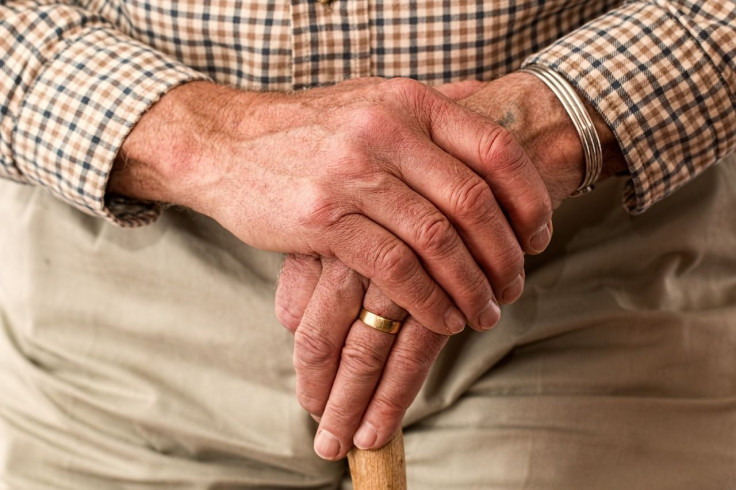Symptoms Of Parkinson’s Disease May Include Changes In Your Handwriting

Parkinson’s disease is a life-altering neurodegenerative ailment that can make routine tasks difficult for those who are affected. While at the moment, there may be no cure for Parkinson’s disease, identifying the early warning signs can help delay the symptoms. Among the earliest warning signs that you need to watch out for are handwriting changes.
What causes Parkinson’s disease?
Medical professionals attribute the development of Parkinson’s disease to the loss of nerve cells in one section of the brain, referred to as the substantia nigra. When there is nerve cell loss in the substantia nigra, the quantity of the brain chemical dopamine is also reduced.
Dopamine plays a significant role in controlling body movement. This means that an insufficient amount of this chemical can cause motor problems.
As the neurodegenerative ailment progresses, the symptoms become much worse and may even make it very difficult for patients to perform routine activities without assistance. This is why it is so vital to spot the early warning signs to allow patients to maintain their quality of life as long as possible.
What is one of the earliest symptoms?
According to Parkinson’s Foundation, one of the earliest symptoms of Parkinson’s disease is handwriting changes. Those who have Parkinson’s may find it harder to write, and their handwriting may become smaller.
This tiny and cramped handwriting, called micrographia, is caused by similar brain processes that lead to other symptoms of the ailment. In many cases, the size of the handwriting becomes smaller and smaller as patients continue to write.
What are the other symptoms?
Other symptoms that may indicate the onset of Parkinson’s disease. These include uncontrollable tremors in fingers or hands, moving slowly or sluggishly, and rigidity. All of these symptoms contribute to making it harder for patients to write normally.
How do you manage the symptoms?
The Parkinson's Foundation says there are medications that can help regulate movement symptoms. Taking these medications may slightly control the tremors and help with your micrographia problems.
It will also help a lot that you practice writing while taking medications. This can somehow ease symptoms of micrographia. Instead of normal pens, use those that have a thick grip or are weighted. It is also better to use lined paper when practicing.
For your posture, assuming an upright position and make sure you are sitting in a comfortable chair with a leveled table. Write as soon as you feel the positive effects of medication. You can take periodic breaks whenever there is a need for you to do so. Finally, if this task proves to be very difficult for you to perform, or if your handwriting is too hard to read, you can switch to typing. If that becomes very hard, too, then you can use dictation software.
© Copyright IBTimes 2024. All rights reserved.





















